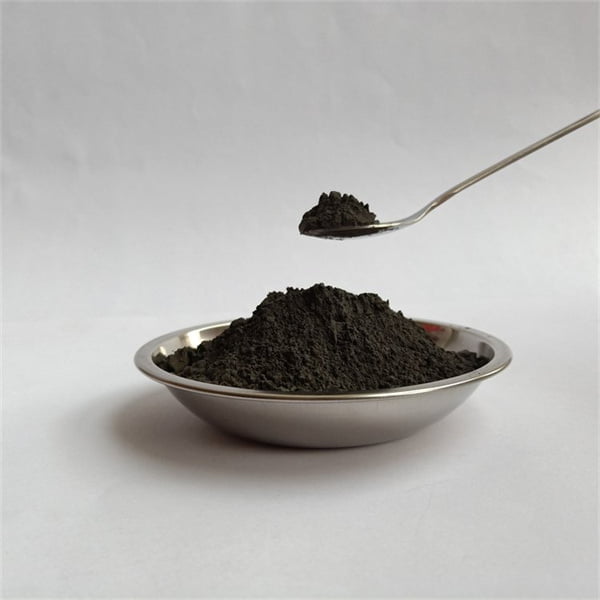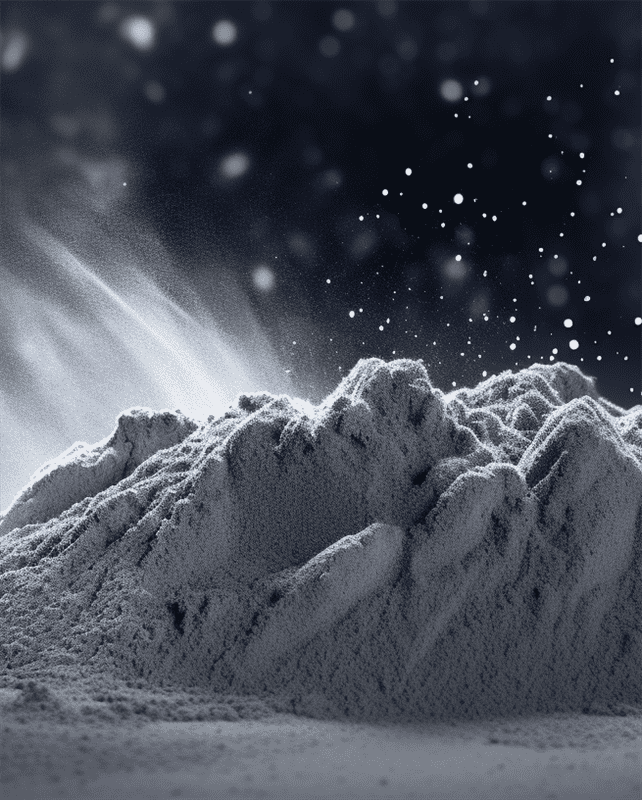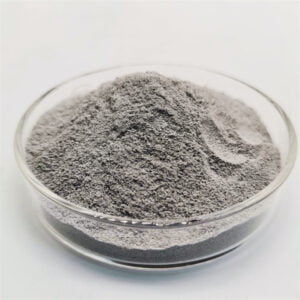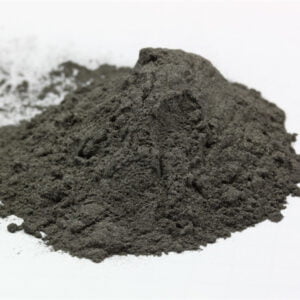IN738LC Superalloy
Table of Contents
IN738LC is an important Ni-based superalloy widely used to make hot section components in gas turbine engines. It has excellent high temperature mechanical properties combined with good processability.
This guide provides a detailed overview of IN738LC including its composition, properties, processing, applications, advantages, limitations, suppliers, and comparisons with alternative superalloys.
Introduction to IN738LC Superalloy
IN738LC is a precipitation hardenable Nickel-based superalloy with the following key characteristics:
- Excellent high temperature strength and creep resistance
- Good thermal fatigue and oxidation resistance
- Retains properties up to ~1100°C
- Composition optimized for processability
- Versatile applications in gas turbines
- Available as sheet, plate, bar and forged parts
- Can be welded using suitable techniques
Its balanced properties make IN738LC suitable for a wide range of gas turbine components operating under demanding conditions.

Chemical Composition of IN738LC
The nominal chemical composition of IN738LC is:
IN738LC Chemical Composition
| Element | Weight % |
|---|---|
| Nickel | Bal. |
| Chromium | 16.0 |
| Cobalt | 8.5 |
| Aluminum | 3.4 |
| Titanium | 3.4 |
| Tantalum | 1.7 |
| Carbon | 0.11 |
| Boron | 0.001 |
- Nickel provides the matrix and improves ductility
- Chromium for hot corrosion and oxidation resistance
- Refractory elements like Ta, Ti, W for strengthening
- Carbon/boron for grain boundary strengthening
- Optimized composition for weldability
The balanced alloy design provides a combination of high temperature strength, ductility, and fabricability.
Physical and Mechanical Properties of IN738LC
Physical Properties
- Density: 8.19 g/cm3
- Melting range: 1315-1370°C
- Thermal conductivity: 11 W/m-K
- Modulus of elasticity: 205 GPa
- Electrical resistivity: 125 μΩ-cm
Mechanical Properties at Room Temperature
- Tensile strength: 1035 MPa
- 0.2% Yield strength: 965 MPa
- Elongation: 22%
- Fatigue strength: 590 MPa
High Temperature Mechanical Properties
- Tensile strength:
- 750 MPa at 704°C
- 255 MPa at 982°C
- Rupture strength:
- 240 MPa at 760°C (100 hrs)
- 170 MPa at 982°C (100 hrs)
The properties make it suitable for long term service upto ~9500C with appropriate design margins.
Key Applications of IN738LC Superalloy
IN738LC finds application in:
- Gas turbine hot section parts:
- Combustor liners
- Transition ducts
- Turbine nozzles
- Stage 1 & 2 turbine blades and vanes
- Rocket engine combustion chambers
- Heat treatment fixtures
- Nuclear fuel rods
- Chemical process industry components
Its versatility makes it useful across several critical high temperature applications in demanding environments.
Manufacturing and Processing of IN738LC
Important manufacturing aspects for IN738LC include:
Melting
- Vacuum induction melting and vacuum arc remelting
- Ensures chemical homogeneity
Forming
- Hot working above 1150°C
- Cold working for sheet and foils
Heat Treatment
- Solution treatment – 1120°C, fast cooled
- Precipitation hardening – 845°C, 24 hours, air cooled
Joining
- Electron beam and vacuum brazing
- Fusion welding using matching filler alloys
Coatings
- Diffusion aluminide and overlay coatings
- Thermal barrier coatings
Control of melting, hot working, heat treatment, joining and coatings is critical to achieve optimal properties.
Why Choose IN738LC Superalloy?
Some key advantages of IN738LC:
- Excellent high temperature mechanical properties
- Retains strength and creep resistance upto ~1100°C
- Good thermal fatigue and oxidation resistance
- Better processing flexibility versus other Ni-superalloys
- Can be fused welded for fabricating complex parts
- Available as sheet, plate, bar and forgings
- Cost-effective compared to contemporary alloys
- Established processing methods and data available
- Approved for critical engine components
The balanced properties and processability of IN738LC make it an ideal choice for many gas turbine hot section components.
Limitations of Using IN738LC Superalloy
Some limitations to consider while using IN738LC are:
- Lower high temperature strength than latest single crystal alloys
- Not suitable for very high temperature turbine parts
- Susceptible to strain-age cracking during forming
- Requires carefully controlled heat treatment
- Lower oxidation resistance than Nb-bearing alloys
- Weldability not as good as IN718
- Forming can induce residual stresses
IN738LC may not be suitable for very demanding environments. Proper design and processing is key to mitigate limitations.
IN738LC Superalloy Suppliers
Some leading suppliers of IN738LC alloys include:
- Special Metals Corporation
- Allegheny Technologies
- Haynes International
- Carpenter Technology
- Sandvik Materials Technology
- Precision Castparts Corp.
IN738LC is available as:
- Sheet / Plate
- Bar
- Forging stock
- Wire
- Welding consumables
Various product forms are offered to suit different fabrication requirements.
IN738LC Superalloy Costs
IN738LC Cost Indicators
- Sheet: $90-110/kg
- Bar: $100-120/kg
- Forging stock: $110-130/kg
- Costs depend on size, quantity, supplier, and raw material costs
- Generally 10-15% economical than contemporary Ni-alloys
- Requires high purity raw materials increasing costs
IN738LC provides cost-effective performance for many gas turbine applications. Long term agreements can secure stable pricing.
Comparison of IN738LC with Alternative Superalloys
Comparison with IN718
- IN738LC has higher temperature capability
- Better creep and thermal fatigue properties
- Reduced forming issues versus IN718
- IN718 offers better weldability
Comparison with IN713C
- IN738LC has higher tensile and creep strength
- Improved phase stability
- Lower expansion coefficient than IN713C
- IN713C offers better fabricability
Comparison with Contemporary Ni-Alloys
- Advanced alloys like Renes N5, CMSX-4 offer higher temperature strength
- However, they also have poorer fabricability and higher costs
- IN738LC provides a cost-effective combination of properties

FAQs
Q: What are the main applications of IN738LC alloy?
A: Main applications are gas turbine hot section parts like combustors, transition ducts, nozzles, turbine vanes and blades. It is also used in rocket engines and nuclear fuel rods.
Q: What are the key properties of IN738LC?
A: It has excellent high temperature mechanical properties upto 1100°C, good fatigue and oxidation resistance, high strength, and better fabricability than other Ni-superalloys.
Q: What heat treatment is used for IN738LC?
A: Solution treatment at 1120°C followed by precipitation hardening at 845°C/24 hrs. Controlled heat treatment is critical to achieve required properties.
Q: How is IN738LC welded?
A: Electron beam and vacuum brazing are commonly employed. Fusion welding can also be done using matching filler alloys and carefully controlled processes.
Q: What are the alternatives to IN738LC?
A: Alternatives include IN718, IN713C and advanced Ni-alloys like Renes N5, CMSX. Each has relative pros and cons versus IN738LC.
Q: Does IN738LC need coatings?
A: Diffusion aluminide or overlay coatings may be used. Thermal barrier coatings are beneficial for turbine components. Coatings enhance oxidation and corrosion resistance.
Q: What precautions are needed when machining IN738LC?
A: It requires high cutting speeds with sharp tooling to avoid work hardening effects. Generous coolant is essential. Machining can induce residual stresses needing relief heat treatment.
Q: Where is IN738LC used in gas turbine engines?
A: It is widely used for combustion liners, transition ducts, nozzles, stage 1 and 2 turbine vanes and blades in the hot sections.
Q: What forms is IN738LC available in?
A: Common product forms include sheet, plate, bar, forgings, wire. Various forms are used to fabricate hot section components based on requirements.
Share On
MET3DP Technology Co., LTD is a leading provider of additive manufacturing solutions headquartered in Qingdao, China. Our company specializes in 3D printing equipment and high-performance metal powders for industrial applications.
Inquiry to get best price and customized Solution for your business!
Related Articles
About Met3DP
Recent Update
Our Product
CONTACT US
Any questions? Send us message now! We’ll serve your request with a whole team after receiving your message.

Metal Powders for 3D Printing and Additive Manufacturing
COMPANY
PRODUCT
cONTACT INFO
- Qingdao City, Shandong, China
- [email protected]
- [email protected]
- +86 19116340731












